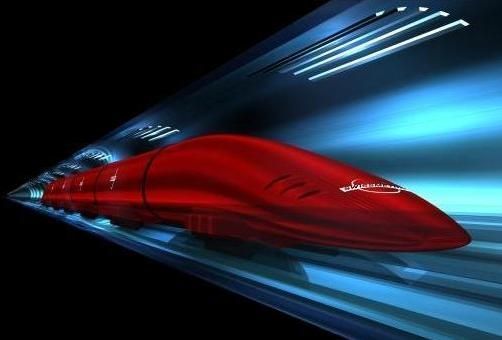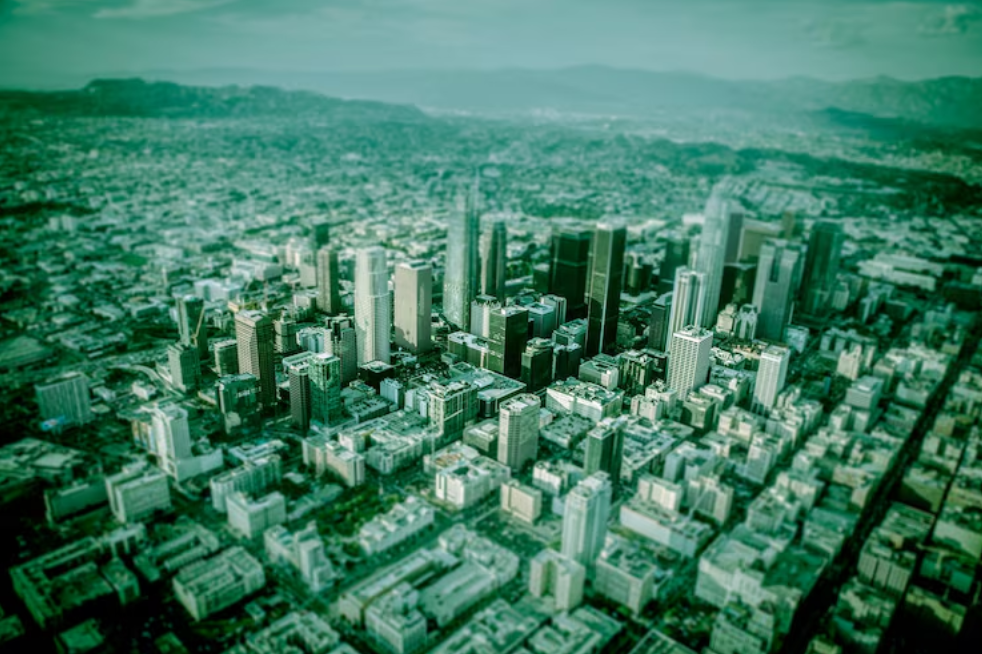Transportation, The Next Intellectual Paradigm
Filling the void for efficient transportation

Transportation, the next paradigm for intellectual technology
In the pursuit for intellectual advances, transportation is due for change. When looking at the tremendous technological advances over the past few decades in the information and communications industries, it is surprising to see the stagnation with transportation. The advances to transportation are informational and communication. Cars are safer and smaller but, like a mouse trap; a car is still a car.
Transportation is due for growth with a new mode for mobility.
What will this new
mode of transportation be? Who is working on it? When will it be available?
Answers present themselves when questions are asked. So, the question is asked, let’s have the answer.
In writing this piece, it seems to require personalization. This is to bring up the old saying; if no one else can do something, do it yourself. Having been involved with the New Technology Transit industry for nearly 30 years, experience teaches a lot. Now CATTCC approaches the answer to finding a new mode for transportation.
What’s the answer? The future of transportation floats. Its source for motion is by the manipulation of gravity.
Prior to the phenomenal discoveries of
Nikola Tesla, Native American Indian wisemen knew that all things are connected by frequency. The vibration of life. Wind, water, fire, and Earth have motion.
CATTCC looks at transportation with a different perspective. Like Nicola Tesla said: “Work with nature, instead of working against it.” Like Viktor Schuaberger said, “Comprehend and copy nature.” Since transportation is movement, there is a way to use nature to move a transportation device. That movement is with frequency.
Trains, automobiles, and planes all use propulsion as force to push and propel a vehicle. At CATTCC, we’re looking for a way nature can attract a vehicle. Nikola Tesla found that frequency waves can cause subatomic distortion. With this being possible, then such motion can be controlled and manipulated. How? By studying to find out.
Frequency waves are in every aspect of modern technology.
When the Apollo missions landed astronauts on the moon, one of their tests was to measure the distance of tides. What they discovered was a 2 to 3 foot land tide which extended out from the ocean. Waves carry patterns that extend everywhere.
Boats float on water, why do we not use a floatation device in the air? The practice of blimps was very awkward and physically cumbersome. Air balloons are similar to hang-gliding, serene but, impractical as a transportation device.
The question has been asked and the answer is the same: The only way to discover an efficient and sustainable new mode of transportation is with a perspective change in the search. We have to look where energy use is most efficient: gravity and magnetic levitation. Nature’s motion.
Magnetic levitation provides an applicable science to solve modern day surface traffic demands.
Where can we look to build a new mode for transportation? One word: floatation. Big distinction between floatation and flying. Floatation is what magnets do. It’s what a boat does on water. These both require an analysis of physics to understand its principles.



